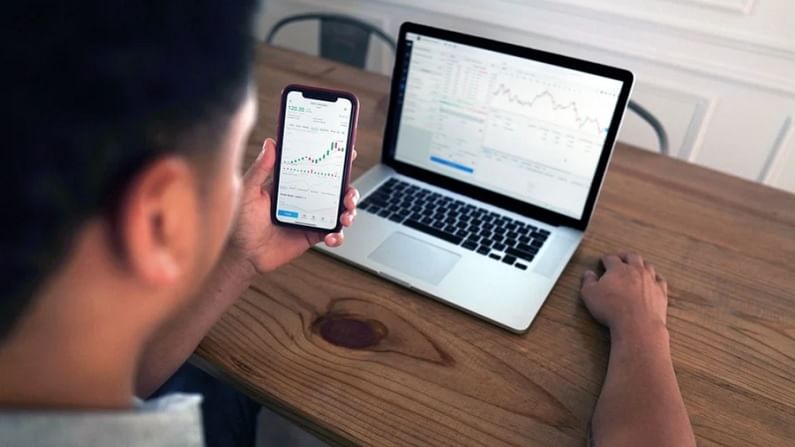Thanks to SEBI, more global avenues for investors soon
Wealth managers and investment advisors suggest that international investing is important in asset allocation. The increase in cap by SEBI widens the space for funds with international exposure to grow further

SEBI’s circular on increasing the cap on MFs exposure to global markets comes at a time when investors are taking greater interest in global diversification of their investments. The current limit of $600 million per fund house is revised upwards to $1 billion. But what does this mean for the average retail investor? For one, more mutual funds that offer international stocks are on the anvil. The trend suggests that popular US technology stocks like Facebook, Amazon, Apple, Netflix & Google (FAANG) may not be the only ones that investors would like to choose.
“The SEBI circular on enhancing the limits of mutual funds to invest overseas is very positive. This will provide headroom to fund houses to launch many differentiated products across various geographies,” said Swarup Mohanty, CEO, Mirae Asset Global Investments (India).
Indians bullish on global funds
According to Morningstar, the number of international Fund of Funds (FoF) – also called feeder funds that invest in existing global funds and Exchange Traded Funds (ETF), has increased from 28 in April 2020 to 35 as of April 2021. During the same period, the Assets Under Management (AUM) has increased from Rs 3,282 crore to Rs 13,989 crore, a growth of over 300%.
“Our AMC had launched a NYSE FANG+ ETF and FoF and we got very good response with more than 400 crores in AUM and 75,000+ investor folios. We are also working on multiple global thematic funds,” Mohanty added,
Global diversification a cog in asset allocation
Wealth managers and investment advisors suggest that international investing is important in asset allocation. The increase in cap by SEBI widens the space for funds with international exposure to grow further.
“Investors are increasingly looking at international investing as a portfolio diversifier. Some part of this interest also stems from the recent good performance of markets like the US,” said Morningstar’s Director – Research, Kaustubh Belapurkar.
A safe bet or a risky proposition?
Asset managers are looking to add to their portfolio, bouquets of international funds given the increasing investor interest in this segment. Several funds are also taking international exposure alongside domestic equity exposure in the same fund. This comes as an opportunity for investors to partake in a global growth story with enough hedge in case one geography were to underperform.
Past returns, however, are not a guarantee for the future. “While global investments are good to have in the portfolio, investors should be cognizant that markets go through cycles and there will be times when global investments can relatively under-perform local markets. But that shouldn’t deter them from staying invested from the long term,” Belapurkar added.
Look east beyond the FAANG-cination?
According to Belapurkar, along with US funds that have attracted the greatest amount of interest, there are several other funds available like European Equity, Emerging Market Fund, Global Diversified Equity Funds, China Equity, Asian Equity, etc, that investors can take advantage of.
This diversification is on the cards for Mirae Asset as well.
“US is the largest market as it captures 44% of the world’s total market cap, so it is an opportunity that cannot be missed. US is one of the best performing markets and has delivered stellar returns, particularly by FAANG stocks. China and Hong Kong stocks are the second largest equity markets (put together). We believe these two large markets can be part of an Indian investor’s portfolio. We would prefer investors to look at regional funds rather than individual markets. There are many interesting themes on technology (including disruption theme), consumer and ESG which are interesting areas that investors can look at,” Mohanty said.